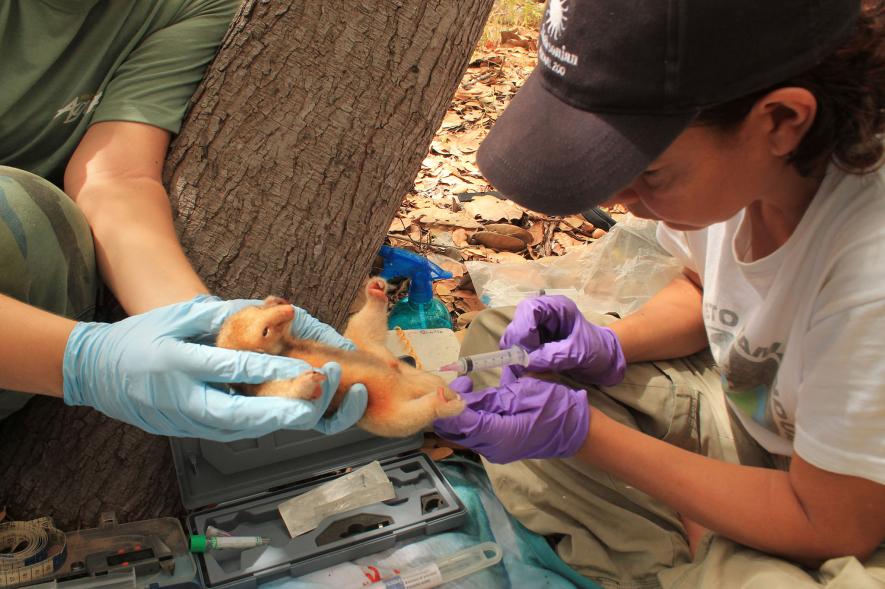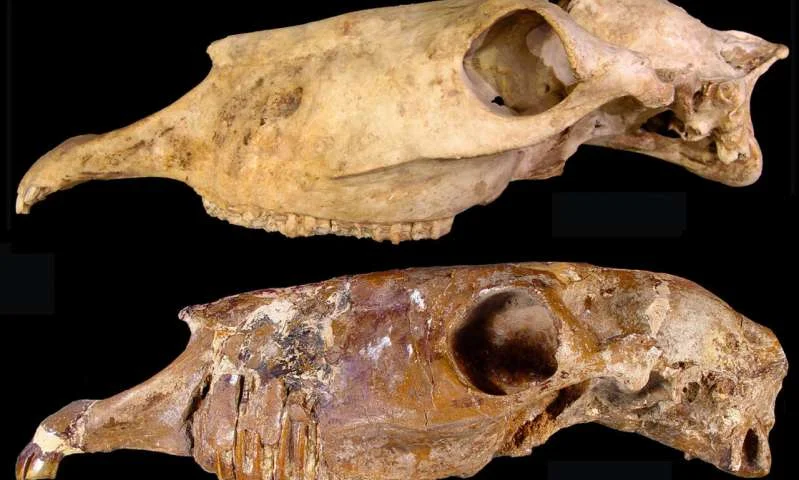NASA ANNOUNCEMENT: First Solar System Like Ours With EIGHT PLANETS Discovered
/NASA’s huge announcement has been made and no, we did not pick up a call from ET nor did we find any clear signs of advanced alien life. We did, however, find a solar system that has as many planets our own, which means the potential existence of extraterrestrial life forms like us.
But the big news isn’t just about the discovery itself, it’s about how it was discovered...
You see, we already knew about the Kepler-90 star which is located about 2,500 light years away and has a planetary system similar to ours. We know that it has at least seven planets orbiting it, and now with the help of Google’s artificial intelligence technology, a new planet, Kepler-90 i has been discovered. This means that the Kepler-90 system has just as many planets as our own solar system. And it marks the first time a star system with as many planets as our own has been found way out in deep space.
Now the thing is, we already knew about the new planet because it was detected by the Kepler space telescope - but it was buried within a huge amount of data. So, a computer was instructed to comb through data from Kepler and look for possible planets. This is where Google comes in because these are the same tools used by Google to do things like identify cats or dogs. The computer found something that was interesting, and it turned out to be the new planet.
According to Paul Hertz, director of NASA’s Astrophysics Division in Washington.
“Just as we expected, there are exciting discoveries lurking in our archived Kepler data, waiting for the right tool or technology to unearth them,”
“This finding shows that our data will be a treasure trove available to innovative researchers for years to come.”
Basically, because Kepler has four-years worth of data consisting of 35,000 possible planetary signals. It’s just impossible for people to look through. Especially when many of the signals are fairly weak. But that’s where Google’s technology comes in.
According to NASA, first they trained the neural network to identify transiting exoplanets using a set of 15,000 previously-vetted signals from the Kepler exoplanet catalog. In the test set, the neural network correctly identified true planets and false positives 96 percent of the time. Then, with the neural network having "learned" to detect the pattern of a transiting exoplanet, the researchers directed their model to search for weaker signals in 670 star systems that already had multiple known planets.
Their assumption was that multiple-planet systems would be the best places to look for more exoplanets.
According to Andrew Vanderburg who was part of the team that trained the computer,
“We got lots of false positives of planets, but also potentially more real planets,”
“It’s like sifting through rocks to find jewels. If you have a finer sieve then you will catch more rocks but you might catch more jewels, as well.”
There is still a lot of data to be processed which means that new worlds and new solar systems could be hiding inside the data that we have already collected. Who knows what we will find?
Kepler has produced an unprecedented data set for exoplanet hunting. After gazing at one patch of space for four years, the spacecraft is now operating on an extended mission and switches its field of view every 80 days.
“These results demonstrate the enduring value of Kepler’s mission,” said Jessie Dotson, Kepler’s project scientist at NASA’s Ames Research Center in California’s Silicon Valley. “New ways of looking at the data – such as this early-stage research to apply machine learning algorithms – promises to continue to yield significant advances in our understanding of planetary systems around other stars. I’m sure there are more firsts in the data waiting for people to find them.”



























